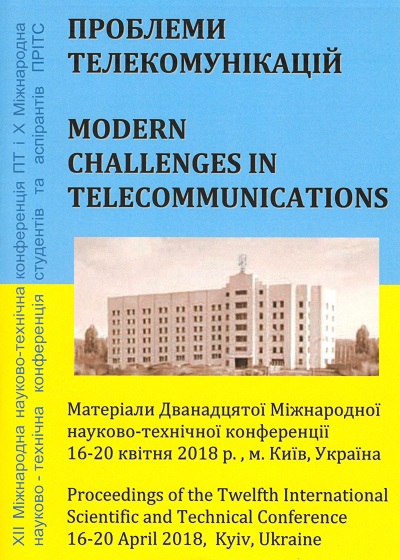ВПРОВАДЖЕННЯ ВІРТУАЛІЗАЦІЇ МЕРЕЖЕВИХ ФУНКЦІЙ НА МЕРЕЖІ ПЛАТФОРМИ ПЕРЕДАЧІ SMS - ПОВІДОМЛЕНЬ
Анотація
Network functions virtualization
The article highlights the main architectural elements of the concept of network function virtualization (NFV), which allows to increase the efficiency of investments and the overall flexibility of the network architecture by avoiding hardware implementations towards software implementation of network services. The concept of NFV technology was formed due to the desire to reduce the cost of creating, maintaining and operating networks, and also because of the desire to make independent life cycles of software and hardware from each other.
Посилання
“NFV виртуализация сетевых функций” [URL: https://habrahabr.ru/company/ua-hosting/blog/247431] Osaul 19.09.2015.
“Management and Orchestration” [URL: http://network-functions-virtualization.com/mano.html].
Skulysh M., Method of LTE functional units organization with evolved packet core virtualization. Skulysh M., Klimovych O. // Information and Telecommunication Sciences. — 2015. — No. 4. — P. 38–45.
##submission.downloads##
Як цитувати
Номер
Розділ
Ліцензія
Авторське право (c) 2018 Василь Васильович Чиж, Марія Анатоліївна Скулиш

Ця робота ліцензується відповідно до Creative Commons Attribution 4.0 International License.
Authors who submit to this conference agree to the following terms:a) Authors retain copyright over their work, while allowing the conference to place this unpublished work under a Creative Commons Attribution License, which allows others to freely access, use, and share the work, with an acknowledgement of the work's authorship and its initial presentation at this conference.
b) Authors are able to waive the terms of the CC license and enter into separate, additional contractual arrangements for the non-exclusive distribution and subsequent publication of this work (e.g., publish a revised version in a journal, post it to an institutional repository or publish it in a book), with an acknowledgement of its initial presentation at this conference.
c) In addition, authors are encouraged to post and share their work online (e.g., in institutional repositories or on their website) at any point before and after the conference.

